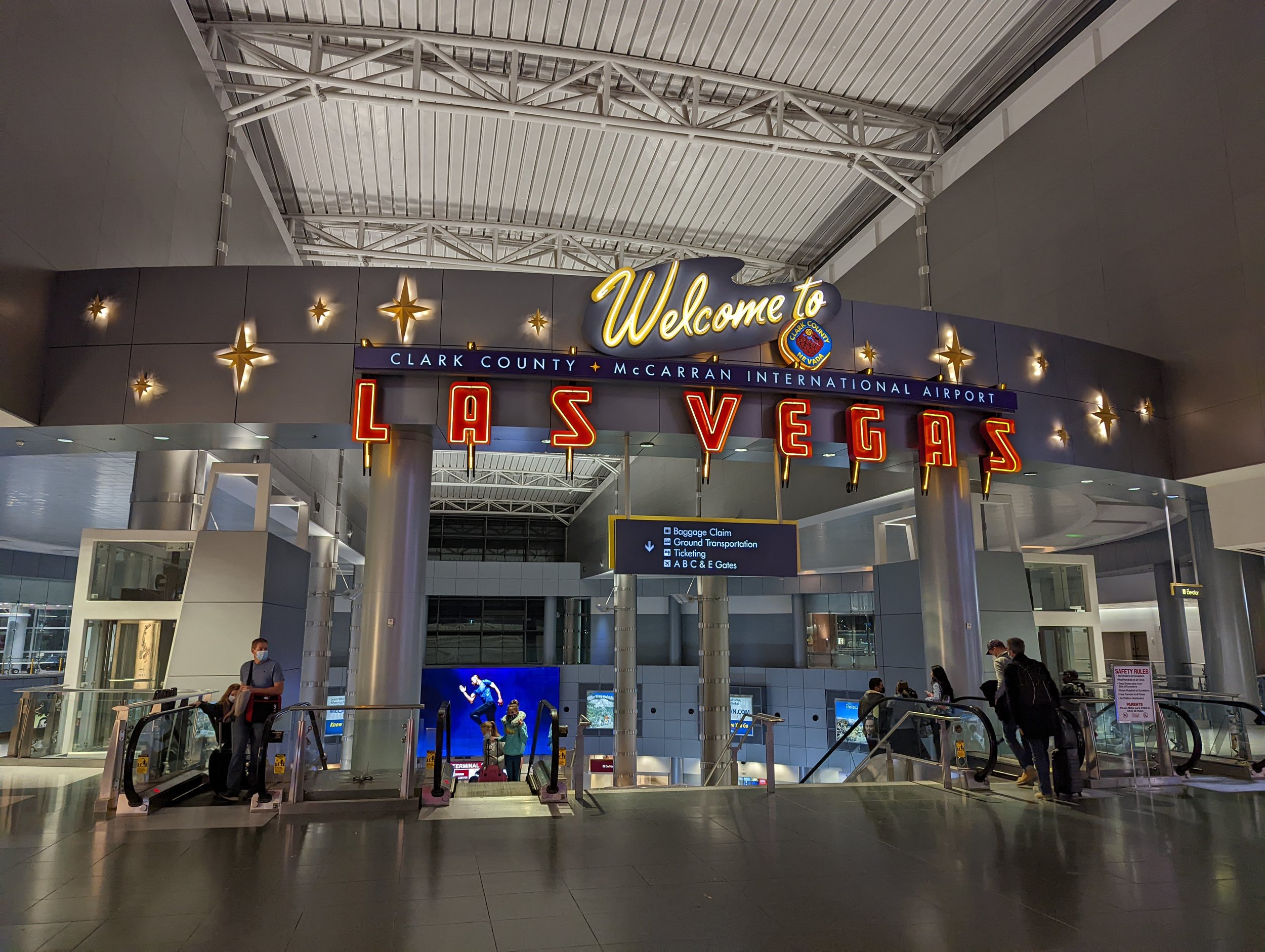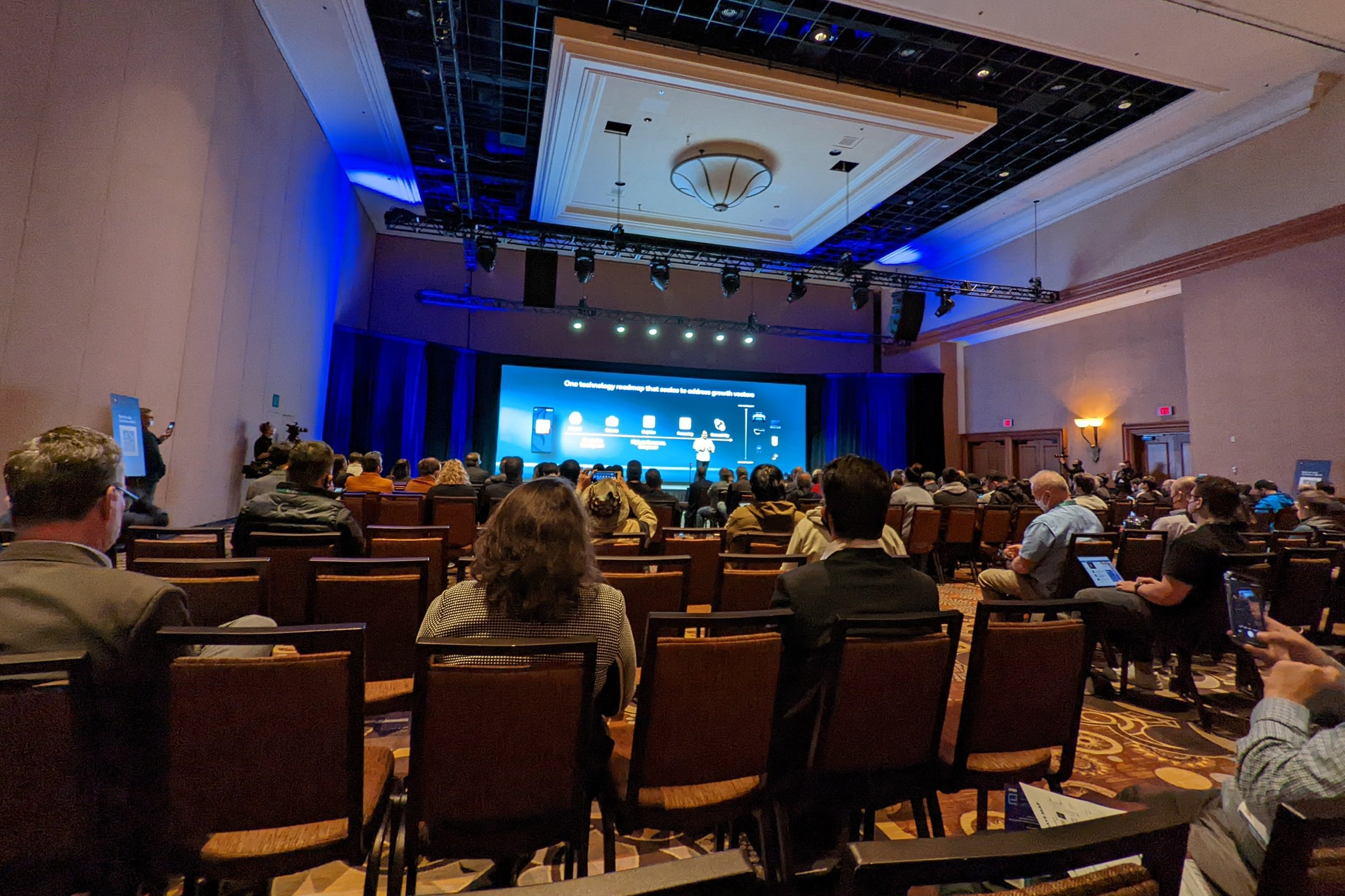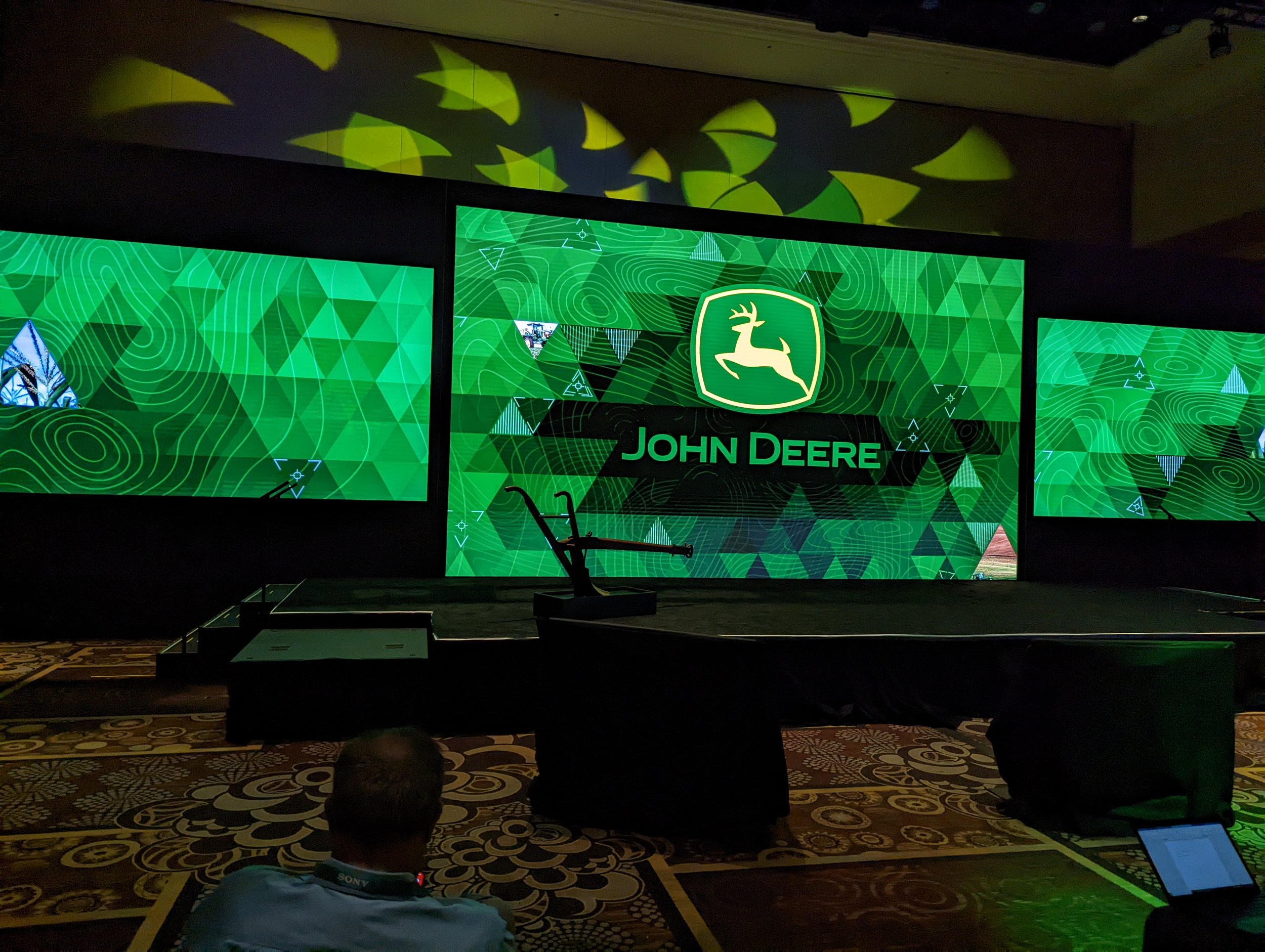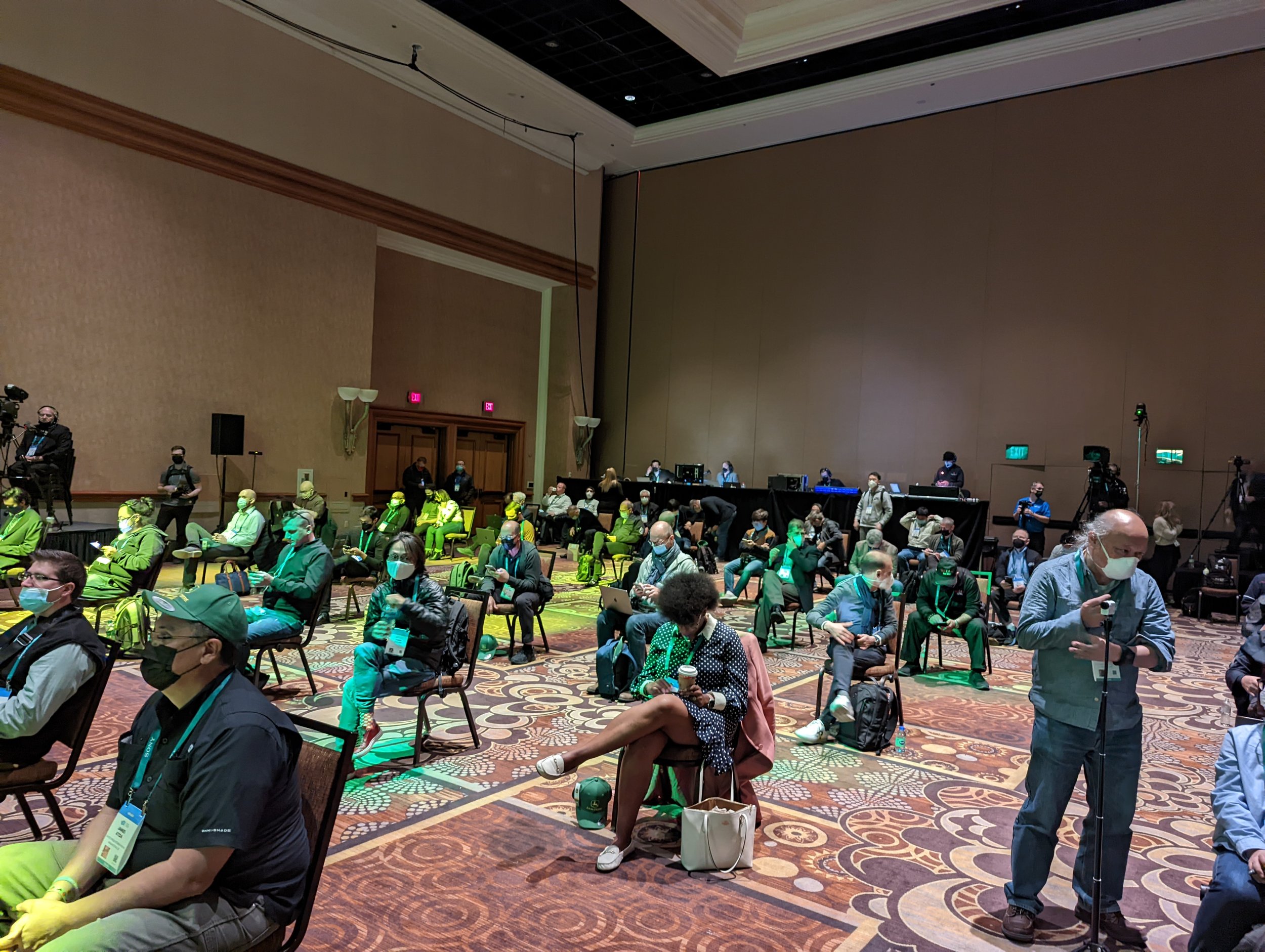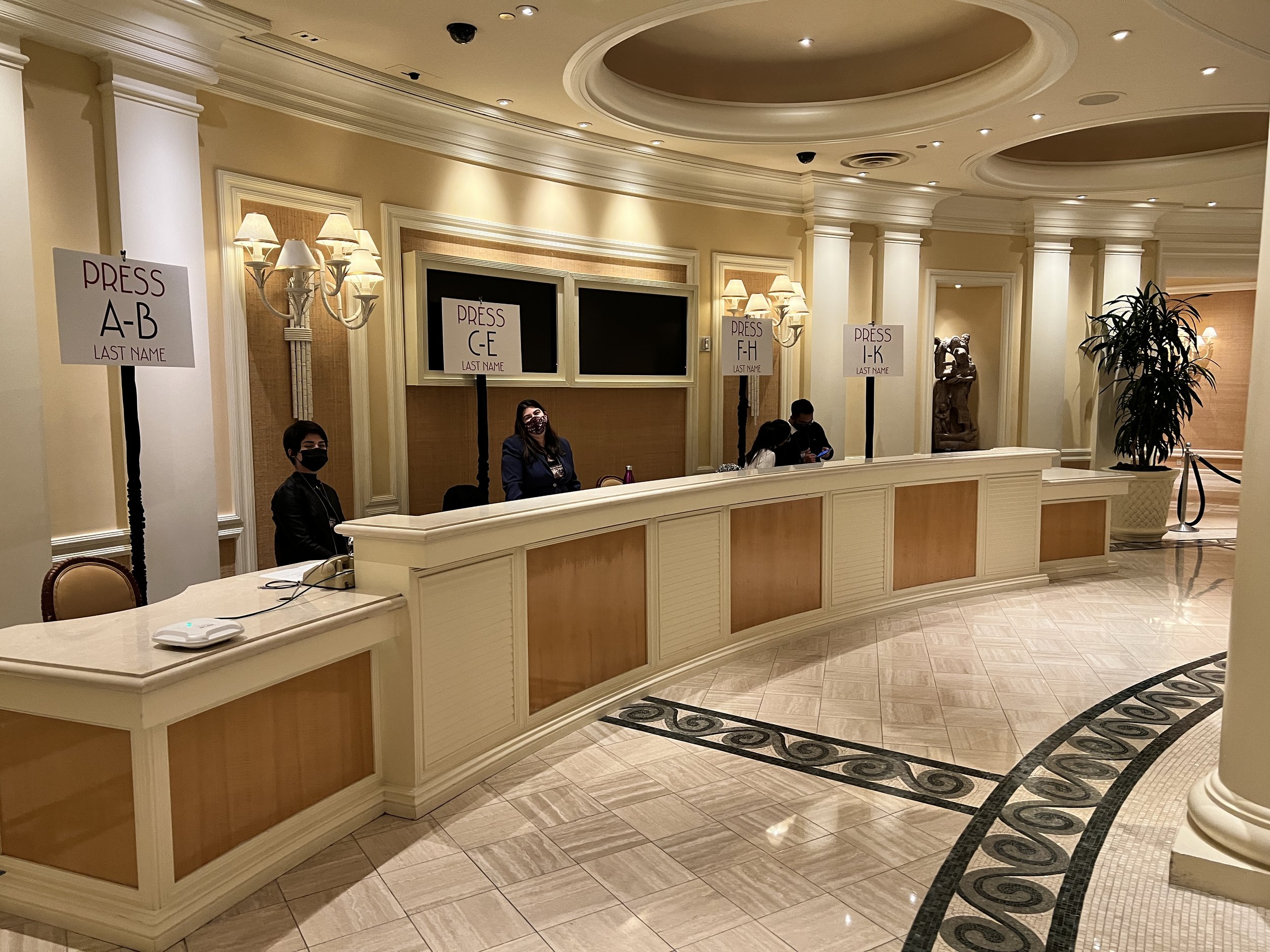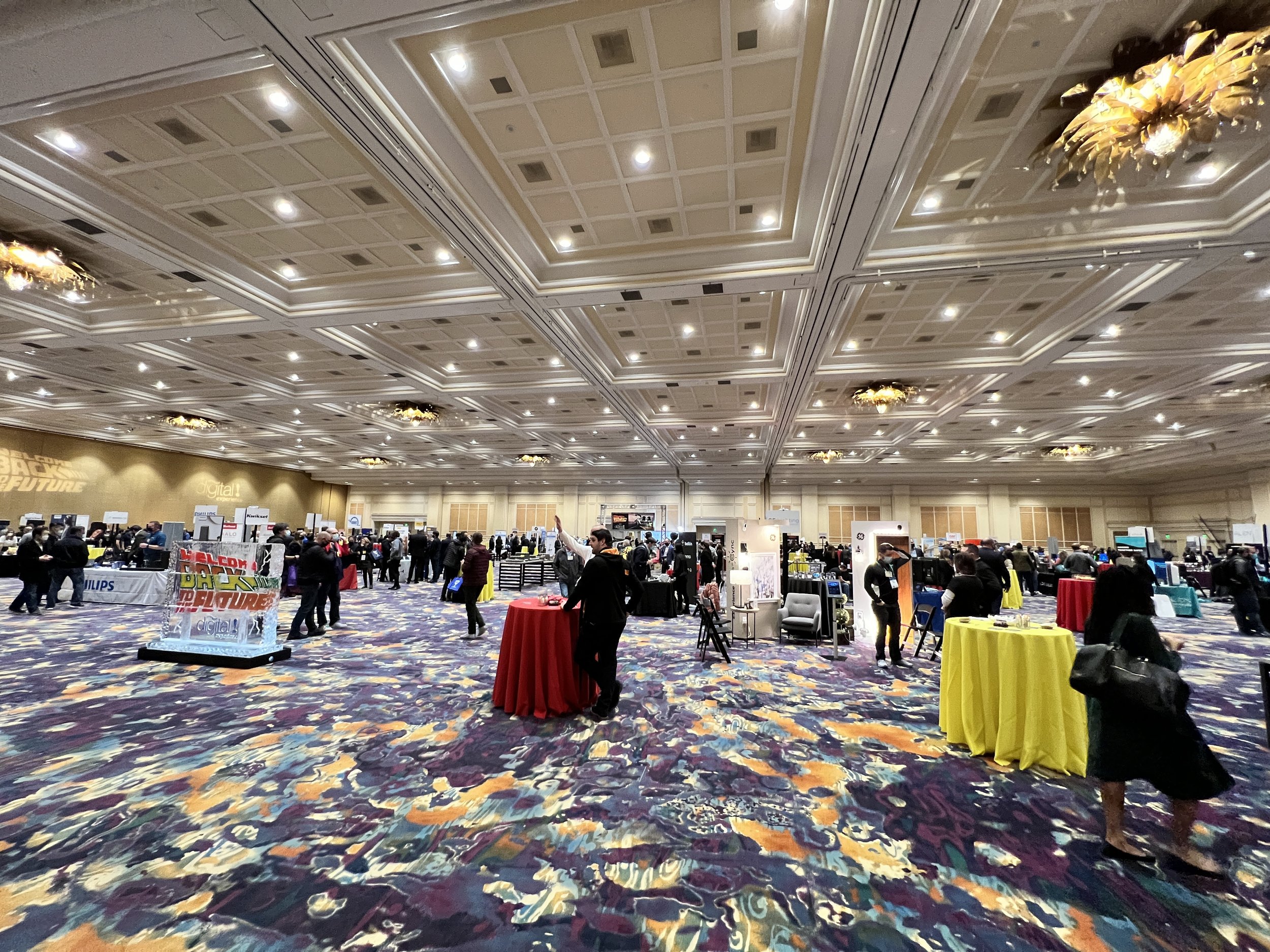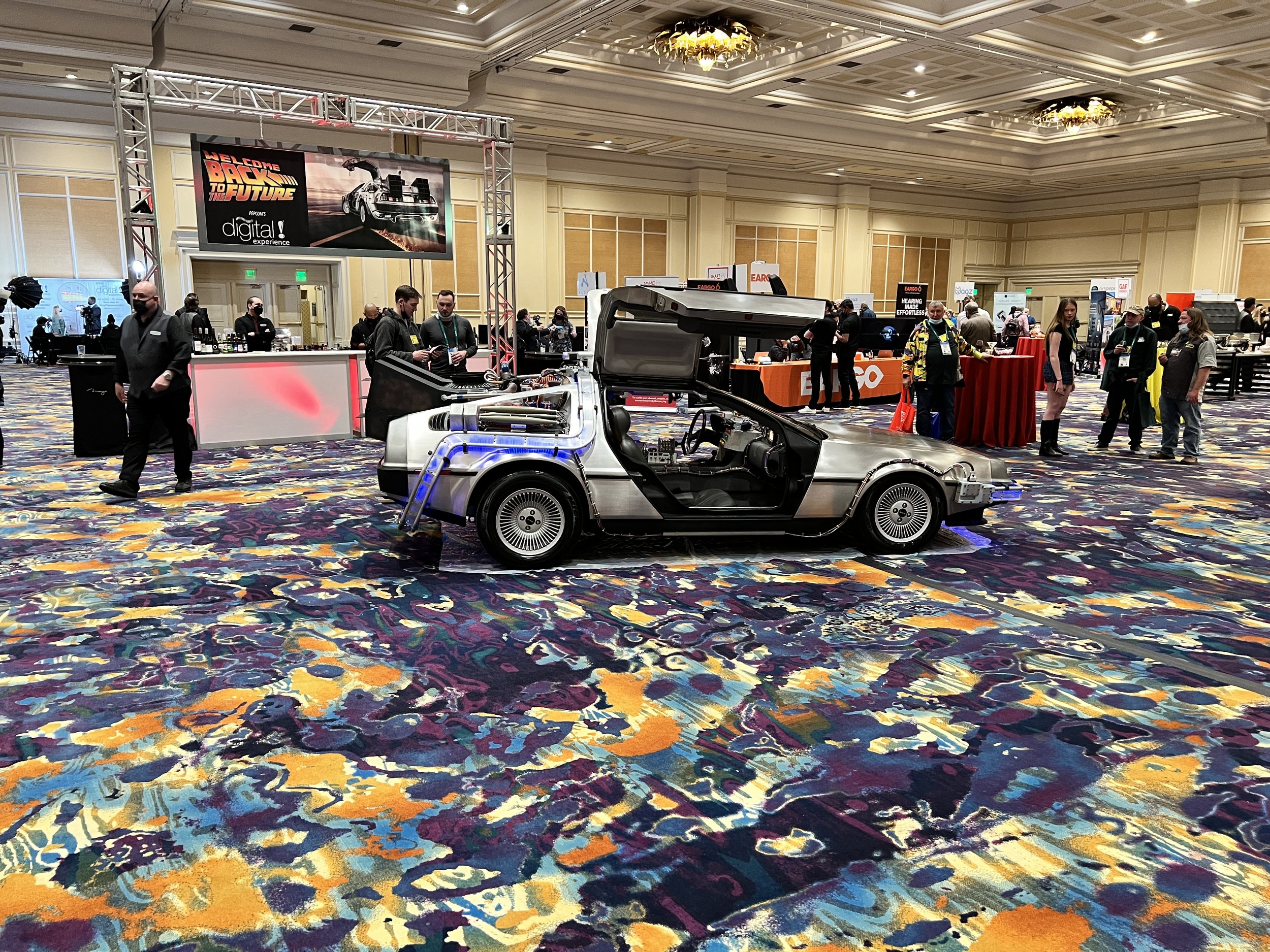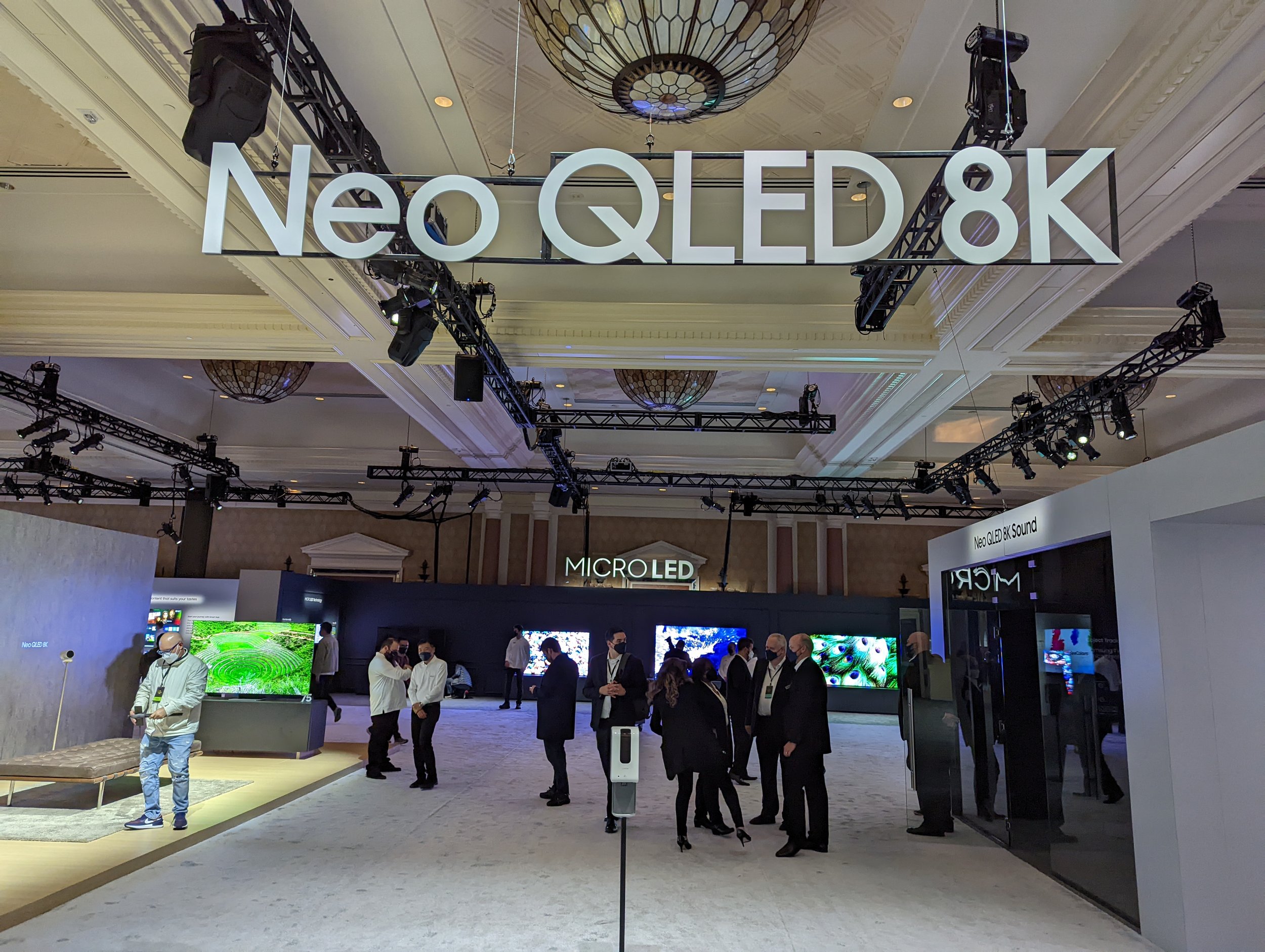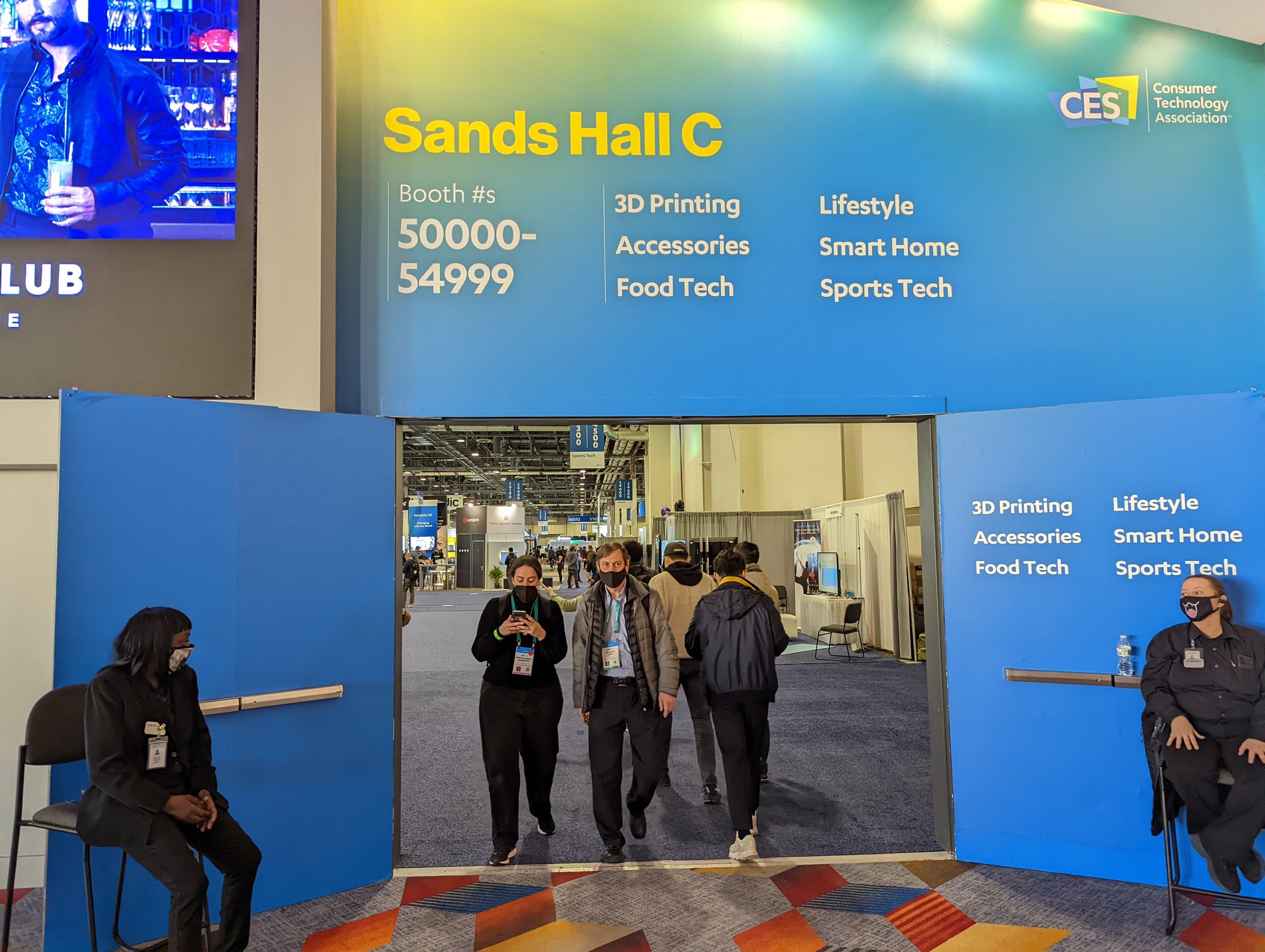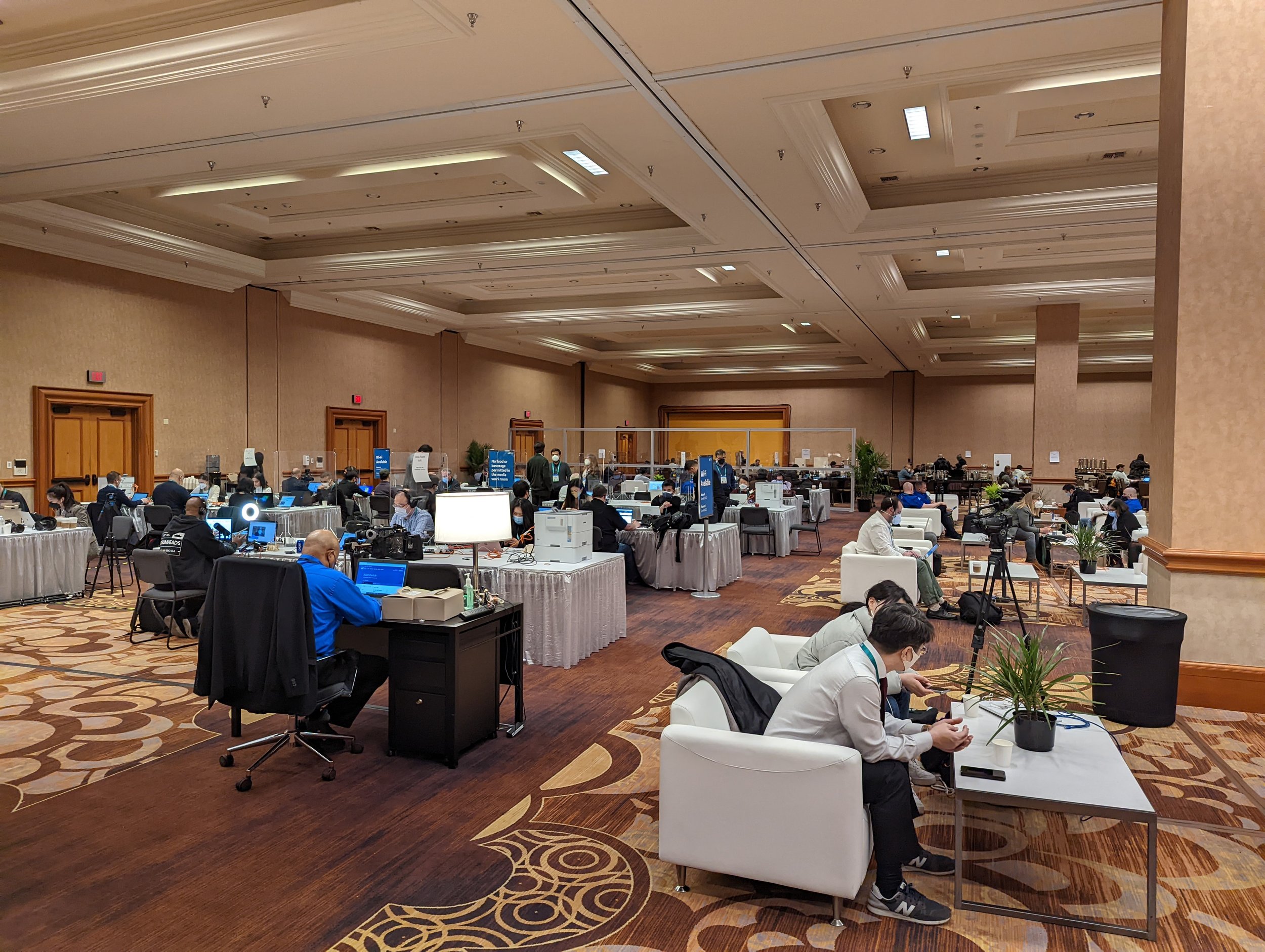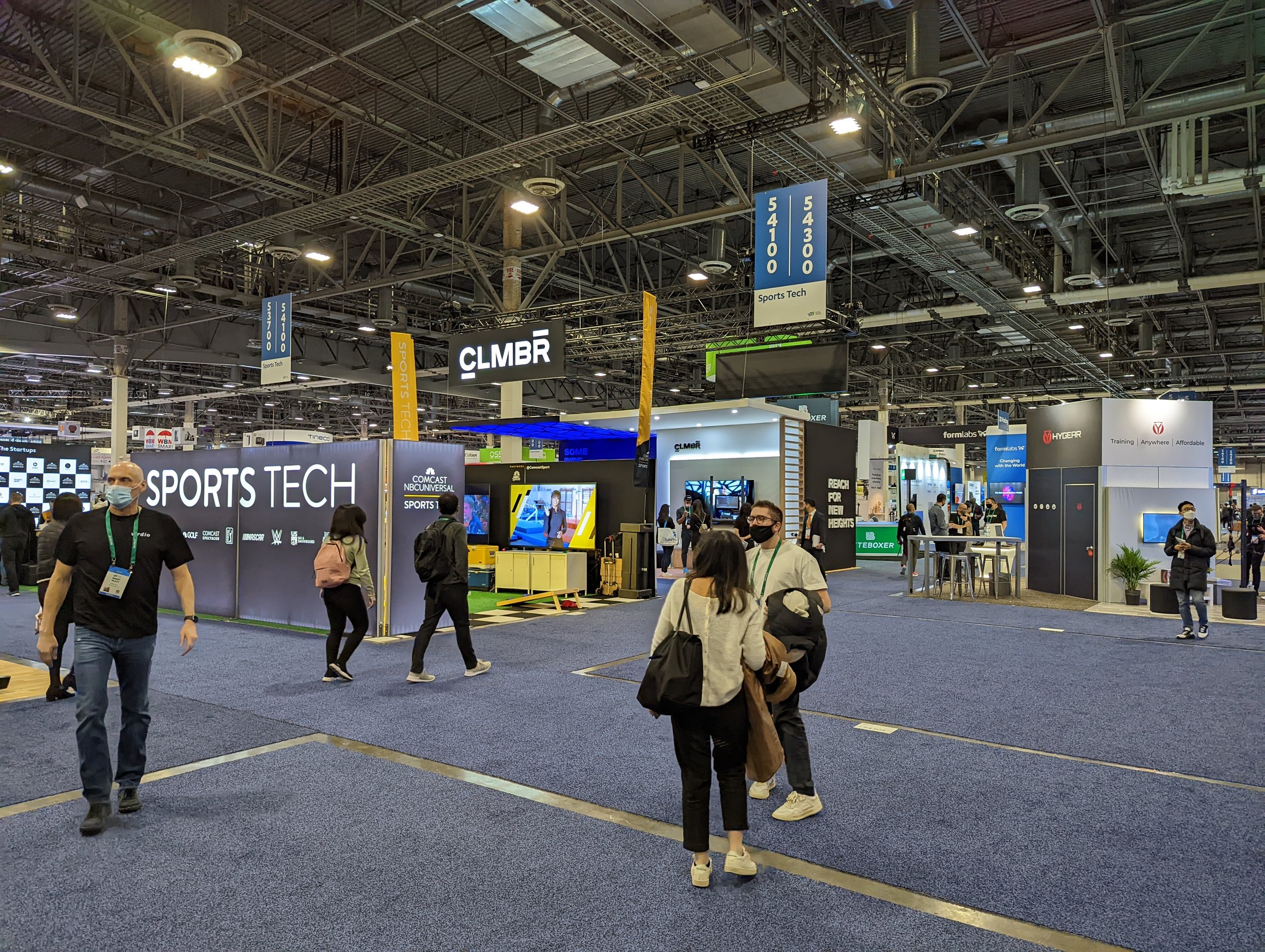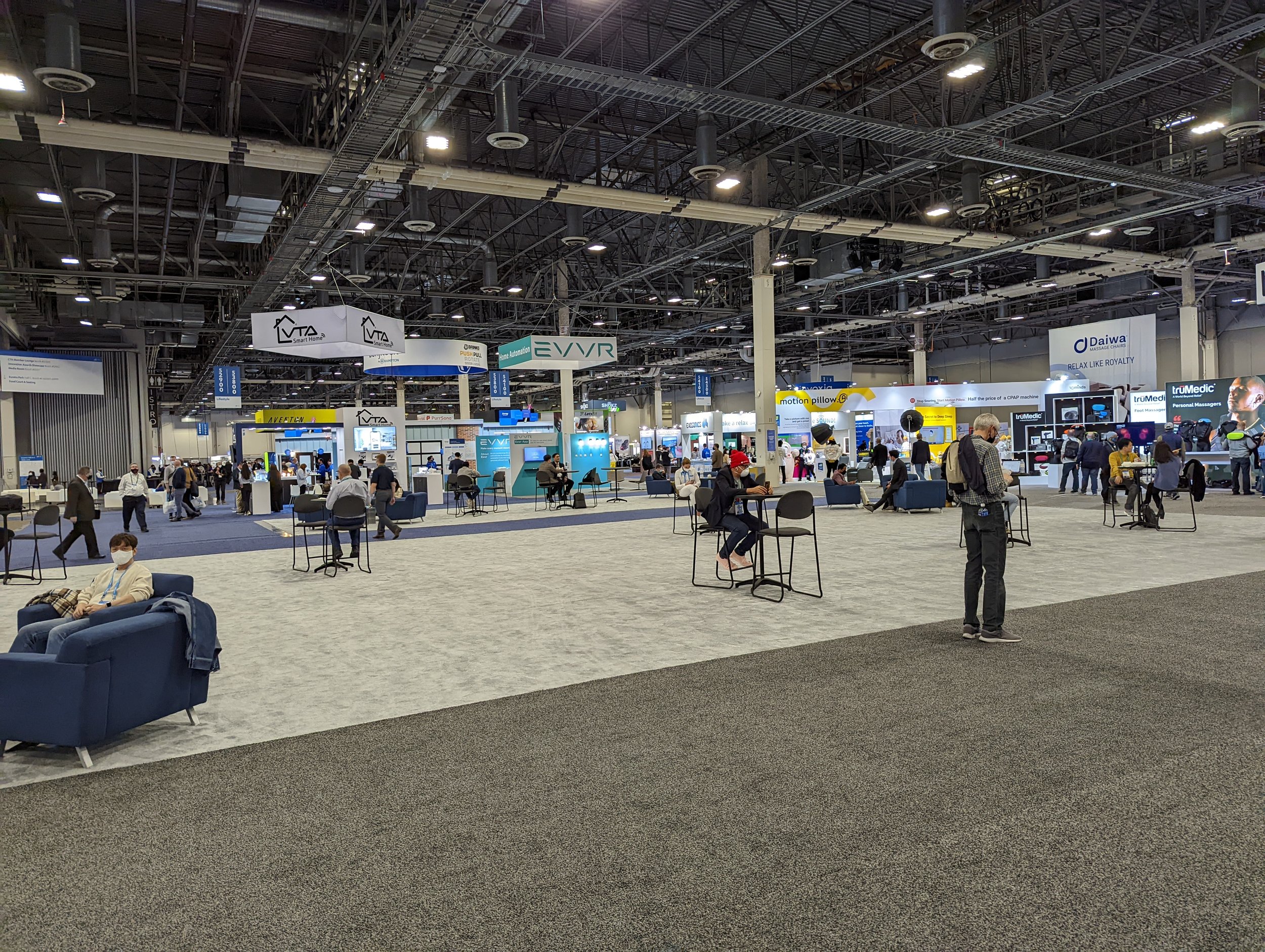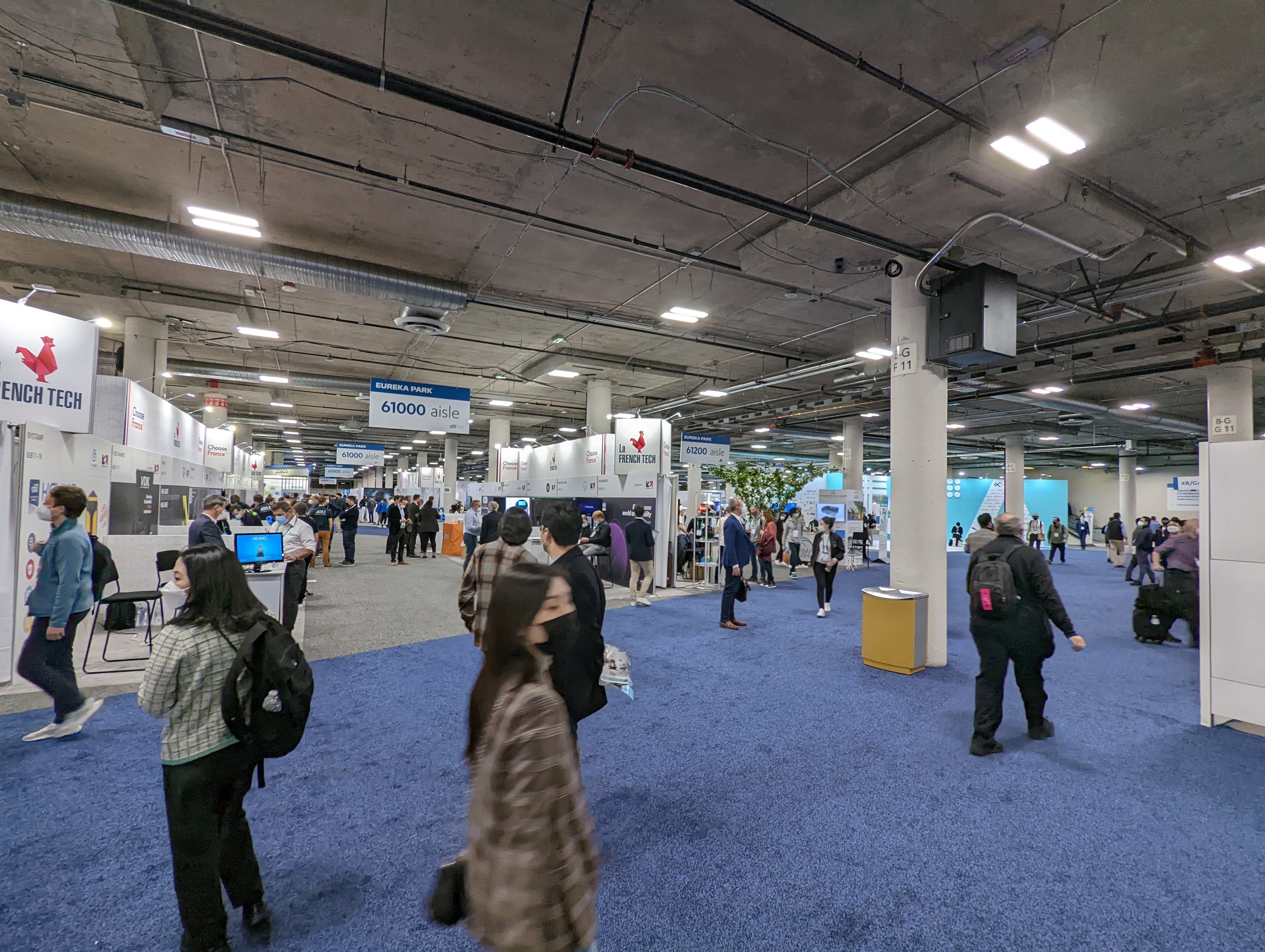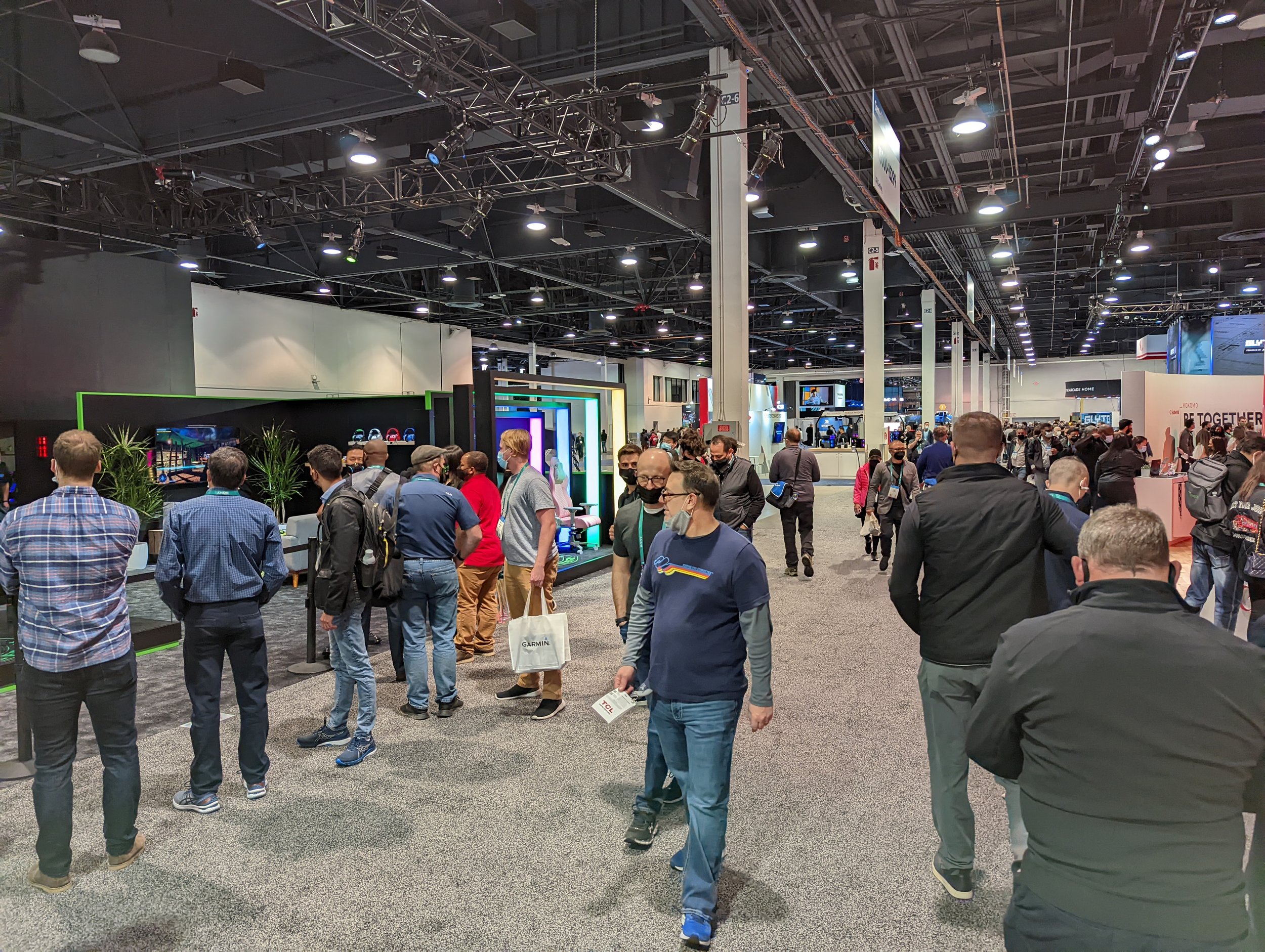Badges & Binax — What It Was Like Attending CES 2022 in Las Vegas; Key Trends
CES 2022 actually pulled off a live show in Las Vegas last week. While many of the largest vendors and media properties decided to attend virtually rather than risk travel and interaction during a raging pandemic, over 2,000 exhibitors attended. Techsponential originally cancelled, but at the last minute decided to attend live, briefly, to see if trade shows can be a thing again. The answer: it’s complicated.
Attendance was reported at 40,000: a fraction of the typical 180,000 attendees pre-pandemic, but still more substantial than I was expecting. Walking the show floor on Day 1 felt almost exactly like Day 4 of a typical CES year. CES 2022 was easily the most pleasant and likely safest trade show I have ever been to. I usually have to leave an hour between briefings to account for traffic, but I was able to get from the Venetian to the LVCC in under ten minutes. The Media Center was delightful – quiet, with plenty of space, and uncongested WiFi. The show floor and media center consisted entirely of people vaccinated and adhering to mask wearing better than any East Coast supermarket.
CES’ timing always places it in the heart of post-holiday flu surges, and the timing this year, coinciding with the Omicron peak, could not have been worse. Those who chose not to attend were acting rationally, and while I got a lot out of it as an analyst, I suspect that many exhibitors did not get enough of a return on their investment. Trade shows often generate their highest value from private meetings in hotel suites; that mostly did not happen this year. Going forward, the CTA should permanently move the show back by two weeks; not only will this help with virus mitigation, PR folks currently forced to work through the holidays will bless them.
My personal assessment is that I was likely exposed to more Covid at home (where my kids’ classmates keep reporting positive) than I was at CES, though the greater Las Vegas area is quite risky. I tested negative before I left and again when I returned home. My entire family is vaccinated/boosted, which meant I was not worried about serious consequences if I had brought the virus home. The bigger risk for vaccinated and boosted participants was contracting Covid at home, registering positive in Vegas, and getting stuck in a cheap Vegas hotel for a week. That didn’t weigh too heavily in my calculus, but that scenario is a big concern for Mobile World Congress. Of course, the real danger is needing any kind of emergency medical attention during this surge. That’s definitely true in Las Vegas, though also true in parts of New York. Thankfully, I did not need any.
My anxiety level was extremely high, only easing when I was in press conferences and on the show floor, which felt both safe and a throwback to the Before Times. If not for the Omicron surge, a show like this with strict health mandates in place definitely could make sense. While most of my meeting schedule was wiped out by cancelations, the 1:1 interactions that I did have were much more engaging than Zoom, despite wearing masks. It’s impossible to fully assess Samsung’s micro LED TVs, TCL’s color e-ink alternative, or Lenovo’s laptop-with-a-tablet-built-in without getting eyes on.
Big Takeaways from the Week
As we do every year, here is a summary of some of the trends and key innovation areas from CES. For a more consumer-oriented overview of the coolest tech I saw at the show, see my article and photos/video at Fast Company.
Computing
The computer industry is now in post-pandemic design phase, with all products being announced at CES 2022 having been altered to reflect the hybrid world we live in now. Lenovo and HP took similar approaches with an enlarged top section containing higher performance cameras and microphones, and AI used to clean up audio. Improved silicon from Intel and AMD provides more power and significantly better battery life. I also saw new AnkerWork and Jabra products aimed at making video calling better without replacing your laptop.
Wireless
Verizon (and AT&T) are launching C-Band service across the U.S., bringing the strong combination of coverage and speed that European and Chinese carriers have already deployed, and bringing some competition to T-Mobile’s similar 2.5GHz “UC” 5G network. There were some last minute shenanigans between the FAA and FCC, but the networks get turned on this month, and up to 100 million people on Verizon will see immediate speed boosts if they have the right phones. Of course, T-Mobile would like to remind you that it has mid-band 5G deployed across 200 million PoPs today.
Consumer IoT/Home Automation
Consumer IoT/home automation announcements were muted this year. This is partly because two big platform providers, Amazon and Google, pulled out of the show, and their first-party product launches were minimal. Another factor for the lack of excitement is that CSA’s cross-compatibility Matter standard has been ratified, but not implemented. CES 2023 should be much more interesting in that regard.
AR/VR (METAVERSE!)
Metaverse was mostly a misused buzzword at CES, but I was able to get hands on with two augmented reality glasses that reflect where we are today, and where we might be tomorrow. For the former, Vuzix’s Sheild is a pair of smart prescription-ready safety glasses available now for $2,000. They are self-contained and feature a centered, super bright image for enterprise use cases. I was even more impressed by TCL’s concept AR glasses that are essentially a smartwatch in your field of view (literally – they run on Qualcomm’s Snapdragon 4100 platform used in smartwatches). The industrial design is still a bit too clunky, and the software user experience is fairly primitive, but the necessary tradeoffs between power, size, and usefulness seem well considered.
Arguably the biggest AR announcement at the show was that Qualcomm is building new silicon that combines its XR technology with Microsoft IP for upcoming smart glasses. Microsoft’s current HoloLens runs on Qulacomm’s PC platform plus a Microsoft-designed HPU (Holographic Programming Unit); it looks like the next version will be even more of a joint effort, and could be arriving sooner rather than later.
Automotive/Autonomy
CES has become an automotive show, with focus on electrification and autonomy, which makes it a fertile show for silicon vendors as well. Both Qualcomm and Intel showed impressive design wins. Sony showed off a second electric concept car, and announced that it will be creating a spinoff to see if a Sony car might be a viable product. However, the most immediately impactful announcement won’t be on public roads: John Deere’s announced a fully autonomous tractor that solves a huge labor issue for farmers trying to harvest and till their fields in a limited timeframe. The tractor can be dropped off at a field and do all the tilling itself, freeing up the farmer to harvest, manage the business, or even get some sleep. John Deere is using NVIDIA to power the tractor’s extensive AI.
Smartphones
CES hasn’t been a big phone show in many years, but AT&T announced an extremely inexpensive 5G phone at $219, TCL showed off a line of TCL 30 mid-tier phones with broad U.S. distribution, and Samsung added to its “Fan Edition” line which deserves its own report: CES 2022: Samsung Galaxy S21 FE – No Longer Crucial, Still Competitive — Techsponential. This week also marked the end of service for BlackBerry OS devices, but CES offered a potential home for physical QWERTY diehards: Planet Computers is now selling the Astro Slide, which looks like a cross between a Nokia N97 and a Psion PDA. (If you understood those references without Googling, you’re old.)
Display Technologies
There are always a lot of displays at CES, and this year did not disappoint unless you wanted to see LG’s new, 20% brighter OLED displays up close – LG canceled its attendance at the show, but left a skeleton of its booth filled with QR codes rather than actual products. Potentially much more disruptive is Samsung Display’s new QD Display technology. QD Display is a variation on OLED that provides significantly better color and peak brightness and is expected to be used in monitors and televisions from Samsung, Sony, and others. Samsung Display sent me a press release, but I have yet to get eyes on (if there were samples at CES, I didn’t see them).
TCL had a huge, fully staffed booth to showcase how it is steadily redefining its brand upmarket, beyond simply good performance at low cost to offering value at all price points. At CES it showed off an enormous 98” 8K QLED TV for $8000, and the already-announced X925 Pro, a gorgeous, 85” freestanding design statement with integrated speakers for $10,000. TCL was also showing off much smaller screens using its NXTpaper displays for eReader tablets ideal for graphic novels and children’s content.
TCL also had an experimental microLED TVs in its booth, but Samsung is actually selling the self-emitting pixel technology. At Samsung’s First Look, it set up its upcoming 89” microLED next to its latest QLED to show how much brighter, crisper, and better off-axis microLED can be, if only you are willing to write a check with six figures on it. Samsung has sold over 2 million Frame TVs, and it is continuing to invest in the interior design TV category with a matte finish for 2022 that makes the Frame look significantly more like a painting when not being used for TV. Samsung will thrill well-heeled gamers who can afford one or two of its new extremely curved Odyssey Ark monitors, which provide an immersive wrap-around – or wrap up and over – experience. Finally, Samsung is getting into the casual portable projector game with the Freestyle, a $900 take-anywhere cylinder with impressively fast keystoning for easy placement anywhere.
To discuss the full implications of this report on your business, product, or investment strategies, contact Techsponential at avi@techsponential.com or +1 (201) 677-8284.


